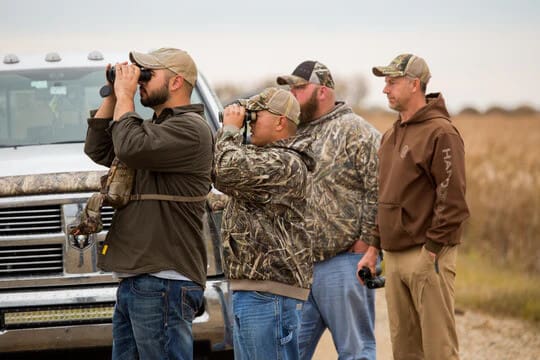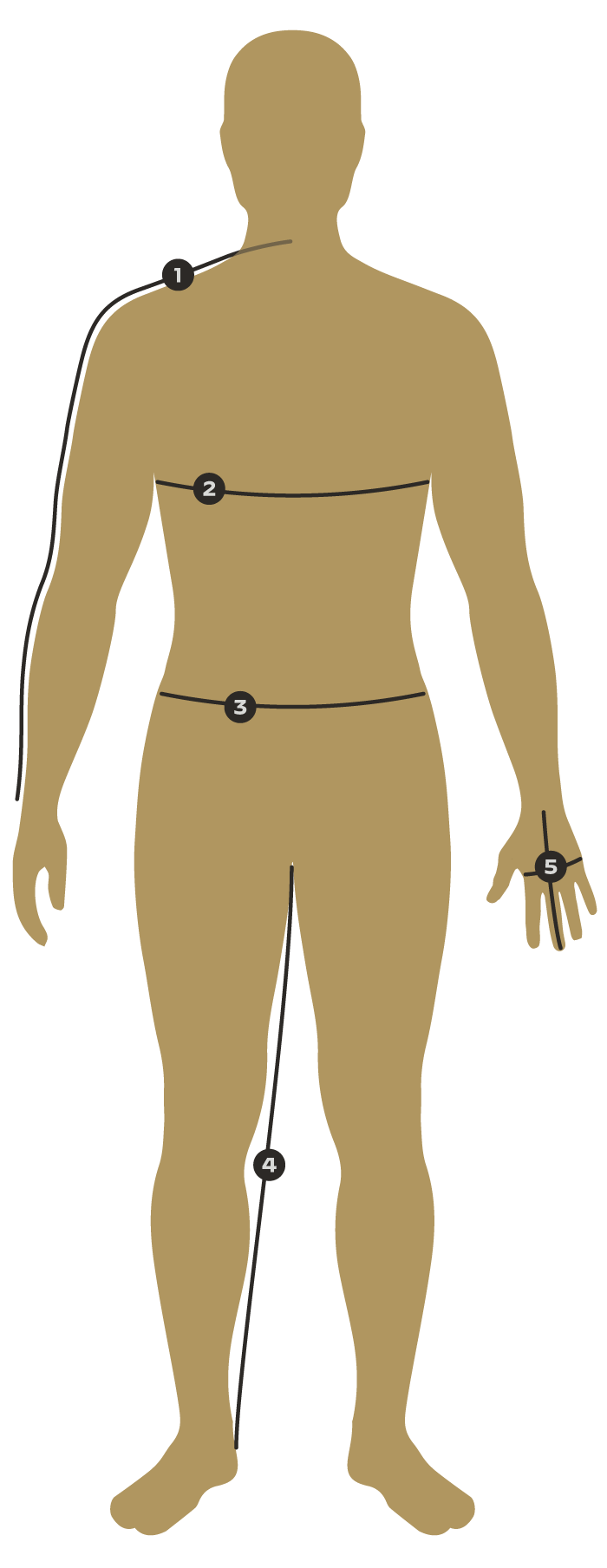In many parts of the Country, waterfowl season is less than a month away. In honor of the 2016-17 waterfowl season, we decided that we would take this opportunity to touch on the subjects of locating waterfowl, scouting waterfowl, and of course hunting waterfowl. Specifically focusing in on the decision making process that comes with deciding when your time is best spent scouting waterfowl versus when your time is best spent in the field hunting waterfowl. To hunt or to scout is a decision that waterfowl hunters will unfortunately have to make many times throughout the waterfowl hunting season. It doesn’t matter if you are hunting ducks or geese, open water or dry fields. The decision always whittles down into two factors. Occasionally, making the decision to either hunt or scout can be an easy one. This is typically due to a variety of factors such as hunting close to home, where time is not necessarily a limiting factor. On the other hand a trip with limited time, or factors limiting time like season dates, might force your hand at a decision. If you find yourself falling into one of these two categories’ at any time while hunting waterfowl, the decision to spend your time locating new birds or new locations to hunt can be an easy. Where things get a little more complicated is when the hunting is marginal to okay, but not exactly lights out. A situation where you have birds patterned and permission granted, but the bird use is fair to moderate, can sometimes be a tough situation to think through for a waterfowl hunter. It is the typical bird in the hand scenario and it can weigh on anyone who hunts waterfowl. Do you leave killable birds for potentially better or worse hunting? It is a tough decision to face, and sometimes when the conditions are tough and time is limiting it can often come down to flip of the coin. Scouting is an Investment Planning for your future is something everyone should do, and the same holds true when you are talking about scouting waterfowl and hunting waterfowl. Often planning for your future can mean leaving some areas un-hunted, allowing them to serve as rest areas and ensuring that you have plenty of birds to chase throughout the season. Spending plenty of time in the Chevy, locating waterfowl and game planning for future hunts is well worth it in the long run. Ensuring that you have multiple options can often mean the difference between a good hunt and a great hunt. This is especially true when you find yourself hunting out of state or in a situation where you are up against a time limit. Scouting waterfowl is paramount when hunting any game species, but especially when hunting waterfowl. Ducks and geese can often fly long distances from roost to feed, and will key in on certain areas to loaf in during the mid-day hours. There can be challenges like other hunters or leased property that can factor into your decision making, however, until you have done your best to collect as much information as you can about the area and the birds you are hunting, it can tough to make an informed decision. This is critical, as making a decision without up to date accurate information can sometimes lead to the Beretta’s remaining quite. The Ratio The need to scout waterfowl on a regular basis should be in the minds of any hunting waterfowl, but how much time do you need to spend locating and scouting waterfowl really? The ratio of time spent hunting to time spent scouting waterfowl is really the core of this decision making issue. Every waterfowl hunter knows they need to scout often, but when do you abandon a marginal field to head out in search of new grounds, and when do you stick it out? Beyond of a shadow of a doubt, this is really a judgement call on the parties involved. However, if the action is slow to non-existent then clearly it is time for a change. If the action is a 7 on a scale from 1 to 10 then here are a couple of things that can help you make the decision to scout or hunt. Split the Reps
Hunting waterfowl is typically an early morning or evening affair. That is not to say that there can be some excellent action during the mid-day hours, however the vast majority of the action occurs during the first and last few hours of the day. This is a benefit when it comes to making the decision to scout or hunt. Electing to only hunt during the morning or evening (depending upon activity) and scouting rather than hunt during the other period is a great way to keep you pulling the trigger while at the same time locating waterfowl for the next day’s hunt. “Splitting the reps” can be a hard thing to do, but it is sometimes necessary. It is also important to mention that it can be beneficial to elect to scout rather than hunt during the best flight period of the day. This can be even harder for a waterfowl hunter to do, but it often what is required to make sure you are getting a clear picture of the action occurring in the area you are hunting. Commit to the Scout before the Hunt One of the best tactics that you can do as a waterfowl hunter is making the commitment to scout hard, prior to loading the Beretta and putting on the Realtree Max -5. This tip works especially well if you are hunting new territory or making a road trip to your favorite waterfowl destination, and time is limited. You cannot have an action packed waterfowl hunt, without waterfowl, so spending a few more days scouting may not be an ideal situation, but ensuring that you have at least one or two solid hunts verse three to four marginal hunts is scenario that most waterfowl hunters would take. Waterfowl hunting can be a fickle task, so be prepared for unforeseen issues to occur such as weather, poor bird movement and hunting pressure. If you find these factors to be an issue the next time you head out in search of waterfowl, make sure the tank is full and commit to the scout.
Hunting waterfowl is often a chess game, where making the right decision is a critical part of being successful. Making the right decision can sometimes be straight forward and easy and it comes sometimes be more difficult. When it comes to making the decision to either hunt or scout, making the right decision can be even tougher yet. Hopefully these concepts and thoughts will help you the next time you find yourself deciding between a marginal a hunt, and the potential for the hunt of a season.

